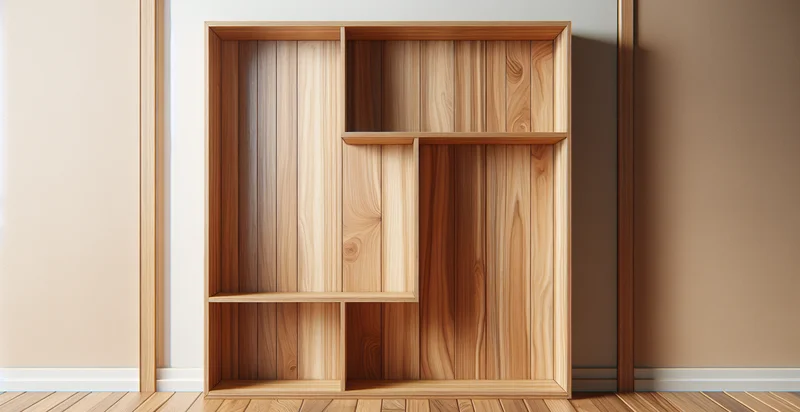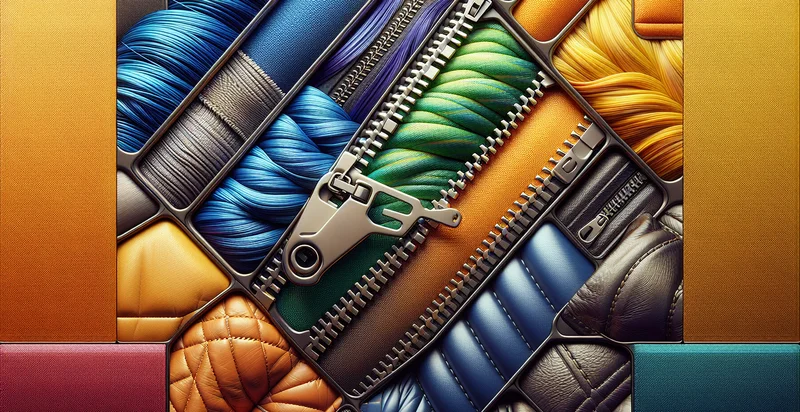Identify what material a shelf is made from
using AI
Below is a free classifier to identify what material a shelf is made from. Just upload your image, and our AI will predict what material a shelf is made from - in just seconds.

Contact us for API access
Or, use Nyckel to build highly-accurate custom classifiers in just minutes. No PhD required.
Get started
import nyckel
credentials = nyckel.Credentials("YOUR_CLIENT_ID", "YOUR_CLIENT_SECRET")
nyckel.invoke("what-material-a-shelf-is-made-from", "your_image_url", credentials)
fetch('https://www.nyckel.com/v1/functions/what-material-a-shelf-is-made-from/invoke', {
method: 'POST',
headers: {
'Authorization': 'Bearer ' + 'YOUR_BEARER_TOKEN',
'Content-Type': 'application/json',
},
body: JSON.stringify(
{"data": "your_image_url"}
)
})
.then(response => response.json())
.then(data => console.log(data));
curl -X POST \
-H "Content-Type: application/json" \
-H "Authorization: Bearer YOUR_BEARER_TOKEN" \
-d '{"data": "your_image_url"}' \
https://www.nyckel.com/v1/functions/what-material-a-shelf-is-made-from/invoke
How this classifier works
To start, upload your image. Our AI tool will then predict what material a shelf is made from.
This pretrained image model uses a Nyckel-created dataset and has 20 labels, including Acrylic, Aluminum, Bamboo, Brass, Cardboard, Ceramic, Concrete, Copper, Fake Wood and Fiberglass.
We'll also show a confidence score (the higher the number, the more confident the AI model is around what material a shelf is made from).
Whether you're just curious or building what material a shelf is made from detection into your application, we hope our classifier proves helpful.
Related Classifiers
Need to identify what material a shelf is made from at scale?
Get API or Zapier access to this classifier for free. It's perfect for:
- Retail Shelf Material Identification: Retail stores can utilize the image classification function to automatically identify the materials used in shelves throughout their layouts. This helps in inventory management by ensuring that the correct materials are stocked for repairs or new installations.
- Manufacturing Quality Control: Manufacturers of shelves can implement this function to verify the materials used during production. By automating material identification, they can ensure that product specifications are met, reducing the likelihood of defects and complaints.
- Sustainability Auditing: Businesses focused on sustainability can use the image classification function to assess the materials in their shelving systems. This information can be critical in reporting for environmental audits and optimizing materials to meet sustainability goals.
- Interior Design Assessment: Interior designers can leverage this function to identify the materials of existing shelves in a space. This assists in making design decisions, ensuring design coherence, and advising clients on renovations or new installations.
- Asset Management for Warehouses: Warehouses can apply this function to maintain an accurate database of shelving units and their materials. This data can help in tracking asset conditions and inform decisions about upgrades or changes to shelving systems.
- Restoration and Preservation: Museums or historic sites can utilize the image classification function to assess the materials of shelves for restoration projects. Understanding the material composition is vital for accurate restoration and preservation techniques.
- E-Commerce Product Listings: Online retailers can enhance their product listings by using the image classification function to provide detailed material information for their shelving products. Accurate material identification can improve customer trust and assist in marketing strategies.


